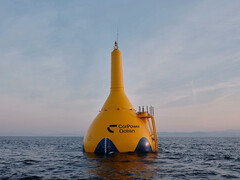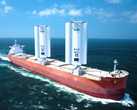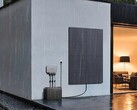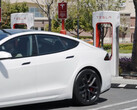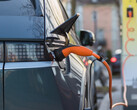The Swedish manufacturer CorPower has presented the first results of a three-month test phase for its current C4 model. And they sound pretty good, even with regard to the test area.
Of course, CorPower wouldn't want to publicize existing and newly discovered problems, but off the coast of Portugal, you first have to pass such a long-term test in the winter months.
These are said to have included four major storms with waves up to 18 meters (20 yards) high. Anyone who has ever been to Nazaré near Lisbon knows that this figure is no exaggeration.
In such swells, the wave power plant goes into a kind of protective mode and waits until the swell has normalized.
If the weather and swell are within the normal range, the buoy can generate its electricity from the kinetic energy. It does not swing with the waves, but moves upwards with a time delay.
In this way, increased buoyancy energy is utilized so that the buoy bounces on the sea. This "trick" was successfully tested off the coast of Portugal in the harshest possible conditions.
The engineers measured a maximum of 600 kilowatts. In normal operation, it should even be more than 800 kilowatts. The average output should be around 100 kilowatts. Each individual buoy would therefore generate almost 900,000 kWh per year - 200 to 300 households.
CorPower's plans go further, of course. A network of these buoys is soon to be put into operation. The goal for the more distant future is an impressive 20,000 of them, which would then have a typical output of 20 gigawatts.
Even though the oceans have more than enough space and favorable conditions for such power plants, this still seems a little far-fetched at the moment. The output is equivalent to all German wind turbines, for example, or the hole output of Egypt.
And yet the forecasts are interesting. Not only could such power plants cover up to 20 percent of global energy requirements (4,000 terawatt hours or 4,000,000,000,000,000 kilowatt hours). But also that, according to the manufacturer, the costs per kilowatt hour should be around 3 to 4 cents.




